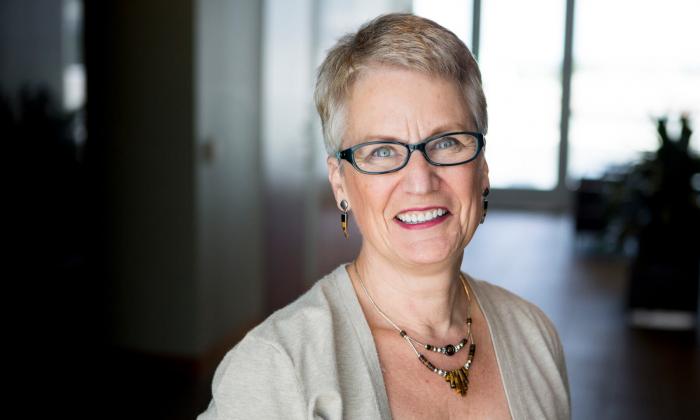
As this issue is prepped for publication, the TT team is brainstorming ways we can encourage people to thank a teacher during National Teacher Appreciation Week in early May.
Most of us had at least one teacher who sparked a new interest, or helped us see the world in a new way, or cared enough so that we saw ourselves in a new light. I had many. Today, though, I’m thinking of one: Jack Roach. In my final year of high school I took his class on current American issues, where he assigned Teaching as a Subversive Activity by Neil Postman and Charles Weingartner.
It was pretty heady stuff for a 17-year-old, a scathing critique of what schooling looked like at the time, coupled with a philosophy of what it should look like. Postman and Weingartner wrote that the great task of teachers is to help students “learn how to learn.” I don’t think they used the word “empowerment,” but that was certainly the message. And it resonated for me.
It’s a sentiment that continues to have meaning for me. Here at Teaching Tolerance, we talk about encouraging students to get along with one another and to work together to solve problems. Along with others, we’ve described what we do as anti-bias education. But what does that mean exactly? What are the outcomes of anti-bias education?
In this issue, we unveil a framework for understanding what anti-bias education means—and what it looks like. I hope you’ll take the time to read the full article, but here’s a preview: When it comes to anti-bias, learning falls into four important domains: identity, diversity, justice and action.
“Education is the most powerful weapon which you can use to change the world.”
Nelson Mandela
As our name suggests, we’ve traditionally put a lot of emphasis on the first two domains: identity and diversity. Our work was based on the idea of contact, that with the correct support, children from diverse backgrounds studying together in schools could learn to get along, to appreciate each other and to celebrate diversity. And to a large degree, that has happened. Young people today are far more accepting of all kinds of difference than preceding generations.
But challenges remain. Despite the increasing diversity of our nation’s population, students now have fewer chances than they did in 1991, when TT was launched, to interact with people who are different from them in classrooms. Our schools have become increasingly segregated along lines of both race and class. More to the point, we’ve learned that group contact mostly benefits dominant groups who need to come to terms with their privilege. Contact has limited power to help marginalized groups achieve positive outcomes. A young man targeted for anti-gay bullying is unlikely to benefit from exercises designed to build empathy for or to help him understand the perspective of his tormentors. Likewise, children living in poverty or in racially isolated communities need much more than peace, love and understanding.
They need a strong sense of themselves and their own efficacy, a keen awareness of how unjust systems work, and the skills to take action and bring about change. Many of the topics in this issue—from social justice filmmaking to restorative justice and inequitable school funding—put the spotlight on recognizing inequity and taking action to rectify it (the last two domains of our Anti-bias Framework: justice and action).
It’s not enough to get along; we need students to “learn to learn,” and we need them to learn how to change the world.
—Maureen Costello